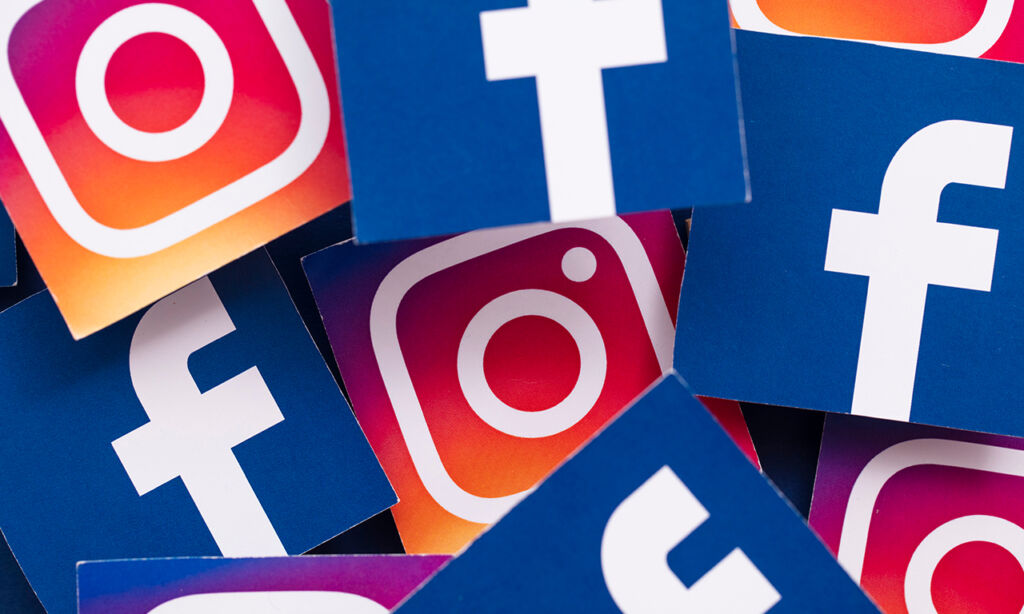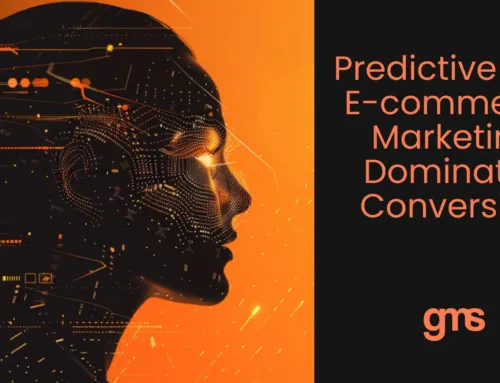Did you know that each online platform is dominated by a specific audience? Discover which is which so you can optimise your digital marketing strategy.
While the digital landscape keeps evolving, one thing is constant:
Understanding your audience is the pillar of a successful digital advertising strategy.
This means to achieve business growth, it’s not enough to have a marketing strategy that relies on merely pushing out ads. You also need to make sure that your ads resonate with the specific users on each platform you’re using.
The reality is that platforms like Facebook and Google attract distinct user bases. This means that using a one-size-fits-all strategy could be detrimental to your brand’s outreach efforts.
Simply put, a tailored approach on each platform is crucial for effective marketing campaigns.
This is what we’ll be sharing with you in this article. We’ll delve deeper into the nuances of popular digital ad platforms and how you can effectively cater to their audiences.
Audience Variability Across Ad Platforms
A key component of any advertising campaign is audience variability. This crucial concept encapsulates the fact that audience profiles, from their demographics to their behaviours, vary between platforms.
Consider, for instance, the unique ecosystem of Pinterest. This platform is predominantly frequented by moms and women who are keen on lifestyle, DIY, and creative inspirations.
Now, why is this significant for advertisers?
It’s because this knowledge will allow them to craft ads that don’t just catch their audience’s eye but deeply resonate.
So, if you’re using Pinterest, the winning ad formula involves three things: visually appealing, focus on practicality, and applicable to the viewer’s daily life.
But this approach doesn’t just apply to Pinterest.
Aligning your ads to platform-specific audiences is applicable to other platforms as well. And it can even be a game-changer in your marketing efforts.
So, if you want massive returns on your ad investment (ROI), you need to know the unique audience of the digital platforms you use for marketing. With this knowledge, you’ll be better equipped to design ad campaigns that not only engage your ideal clients but also convert them.
The Major Ad Platforms and Their Audiences
The reality is that understanding the multifaceted audiences across ad platforms is just the starting point of an effective marketing strategy. Yet it’s this point that many business owners fail to consider.
While there’s a diverse nature in your target market, from their browsing habits to purchase decisions, they still have commonalities. So, it becomes possible to dive deep into the underlying factors driving their actions.
Data becomes useful here.
With the increase in data analytics, we now have access to rich insights into consumer behaviour. This then enables us to discern buying patterns, motivations, and even potential future actions of a particular audience.
Utilising such data-driven insights, combined with the latest industry trends, can empower you to craft targeted ad campaigns that deeply resonate with your audience on each platform. And that ultimately translates to higher conversions and business growth.
This now begs the question:
What kind of audience can we see on each platform?
Google Ads: Catering to Intent-Driven Users
Google Ads is not just another advertising platform; it’s where users actively seek solutions.
So much so that a report by WordStream showed that businesses can expect an average of $2 in revenue for every $1 they invest in Google Ads. This lucrative ROI springs from Google Ads’ unique user base, which is primarily driven by intent.
This means that when users initiate a search on Google, they are often already in the decision-making phase. This applies whether they’re simply seeking knowledge about something or planning to make a purchase.
Knowing this intent, businesses can then use advanced keyword targeting techniques to optimise their campaigns for specific search queries. This ensures that their ads not only get seen but are also relevant, timely, and actionable, leading to higher conversion rates.

Facebook and Instagram: Engaging Diverse, Social Audiences
With their vast user bases, Facebook and Instagram both offer unparalleled opportunities for businesses. And research backs this up.
A study by the Pew Research Center indicates that 74% of high-income earners use Facebook regularly. Instagram on the other hand, sees 500 million active daily users, with 50% of them following at least one business.
Both platforms’ strength lies in their diversity, and businesses that find success here are those that craft dynamic visual content. Particularly those that speak to varied audience segments, from tech-savvy millennials to brand-loyal boomers.
Twitter: Connecting with Conversational Audiences
The platform that stands out as a real-time conversational hub is Twitter.
The platform’s rapid-fire dynamics and its audience’s penchant for news, trends, and timely discussions necessitate sharp, value-driven messaging. So, businesses should master the art of both advertising and becoming integral voices in global discussions to achieve success here.
What’s more, Statista reveals that 75% of B2B businesses market on Twitter. This is because they leverage conversations and connections on the platform to convert their audience.
LinkedIn: Targeting Niche, Professional Networks
With over 722 million professionals using it, LinkedIn has become the world’s largest professional network. Its focus on industry-specific content and professional networking makes it a haven for B2B advertising.
In fact, 97% of B2B marketers use LinkedIn for content marketing.
By curating content that resonates with professionals, industry leaders, and decision-makers, brands can establish their leadership here. That’ll drive meaningful engagements that can eventually lead to business opportunities.
YouTube: Appealing to Those Who Enjoy Visual Narratives
Since it was first launched in 2005, it’s clear that YouTube has become a global phenomenon. 2 billion users logging in every month is proof that its reach is unparalleled.
The data from Think with Google even offers a glimpse into the platform’s potential:
Viewers who engage with TrueView ads on YouTube are significantly more likely to engage further with the brand.
This metric emphasises the need for brands to produce video content that captivates viewers on the platform. Leveraging the power of videos on YouTube can elevate a brand’s presence, driving both engagement and conversions.
This applies whether you do a how-to guide, a behind-the-scenes look, or a story about or involving your brand.
All that proves one thing:
Succeeding in digital advertising isn’t simply about recognising the platforms your target market hangs out in and what kinds of audiences they are. It’s also about learning about them and adapting your ad campaigns to them.
So, aim to understand the intricate nuances of audience behaviours and preferences across the platforms you use. This will put you in a better position to craft ad campaigns that not only engage but also convert.
In digital advertising, understanding these nuances is what sets a successful campaign apart.
It’s Time to Target Your Audience More Effectively
Achieving marketing success on the major ad platforms requires a keen understanding of their unique audiences. It can make the difference between a mediocre ad campaign and one that delivers results.
From intent-driven users on Google to professional networkers on LinkedIn, we now know that each platform offers distinct opportunities and challenges.
If you’re seeking expert guidance in this area, the GMS Media Group is ready to assist you. With deep industry insights and a proven track record, they can be your partner in crafting impactful and effective ad campaigns.
Don’t leave your advertising success to chance. Schedule a free consultation with a GMS expert today and elevate your brand’s digital presence.




